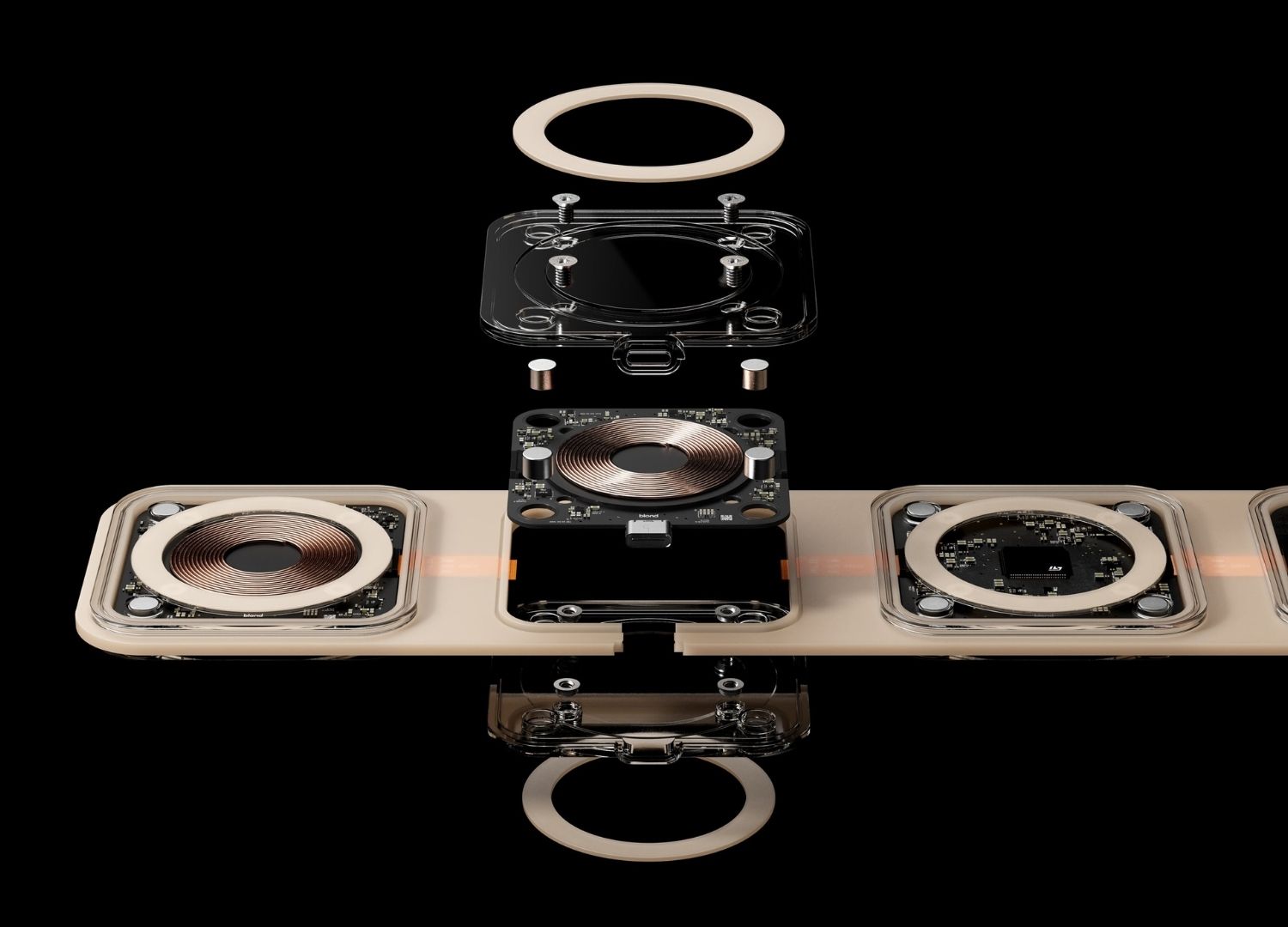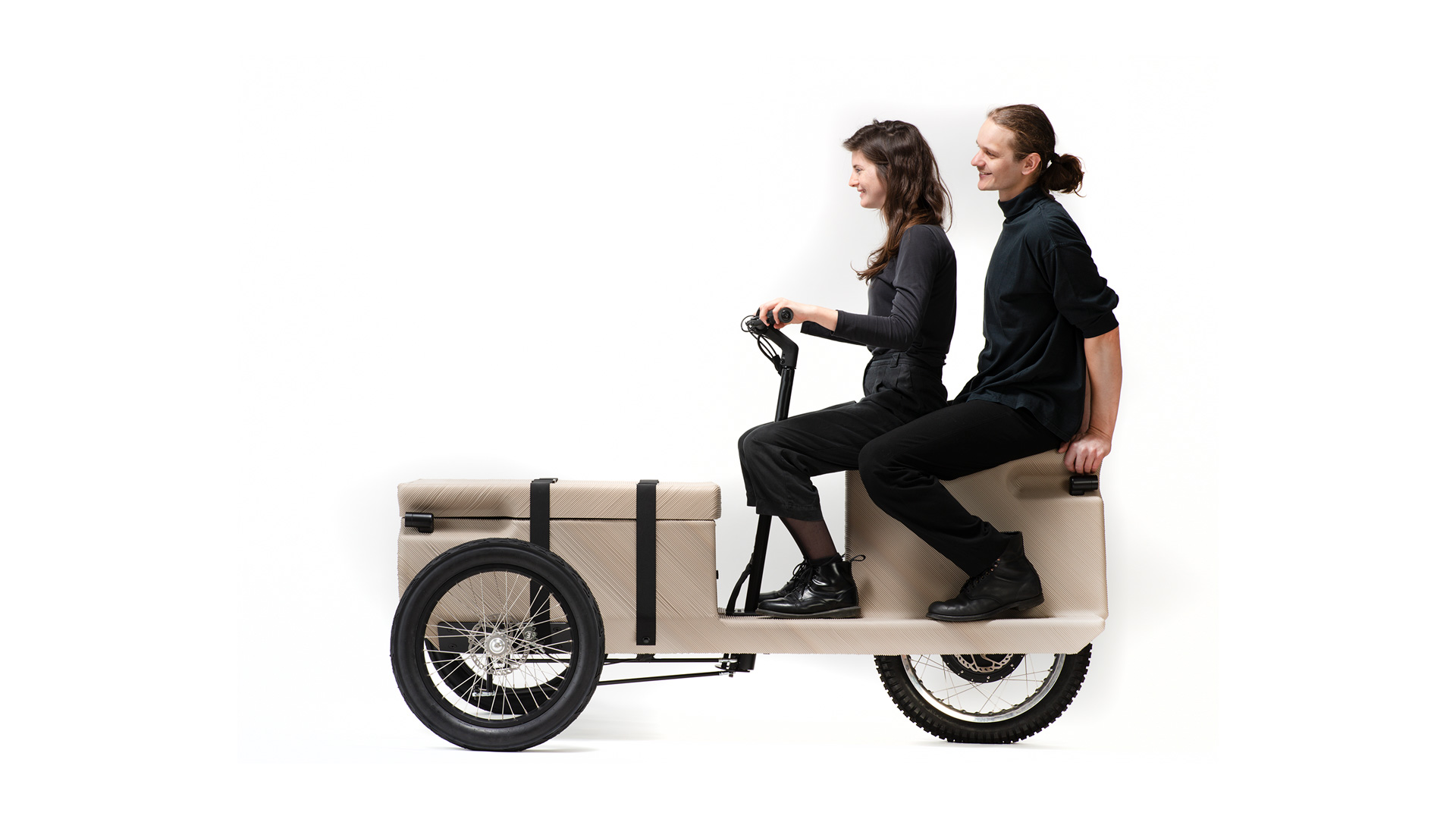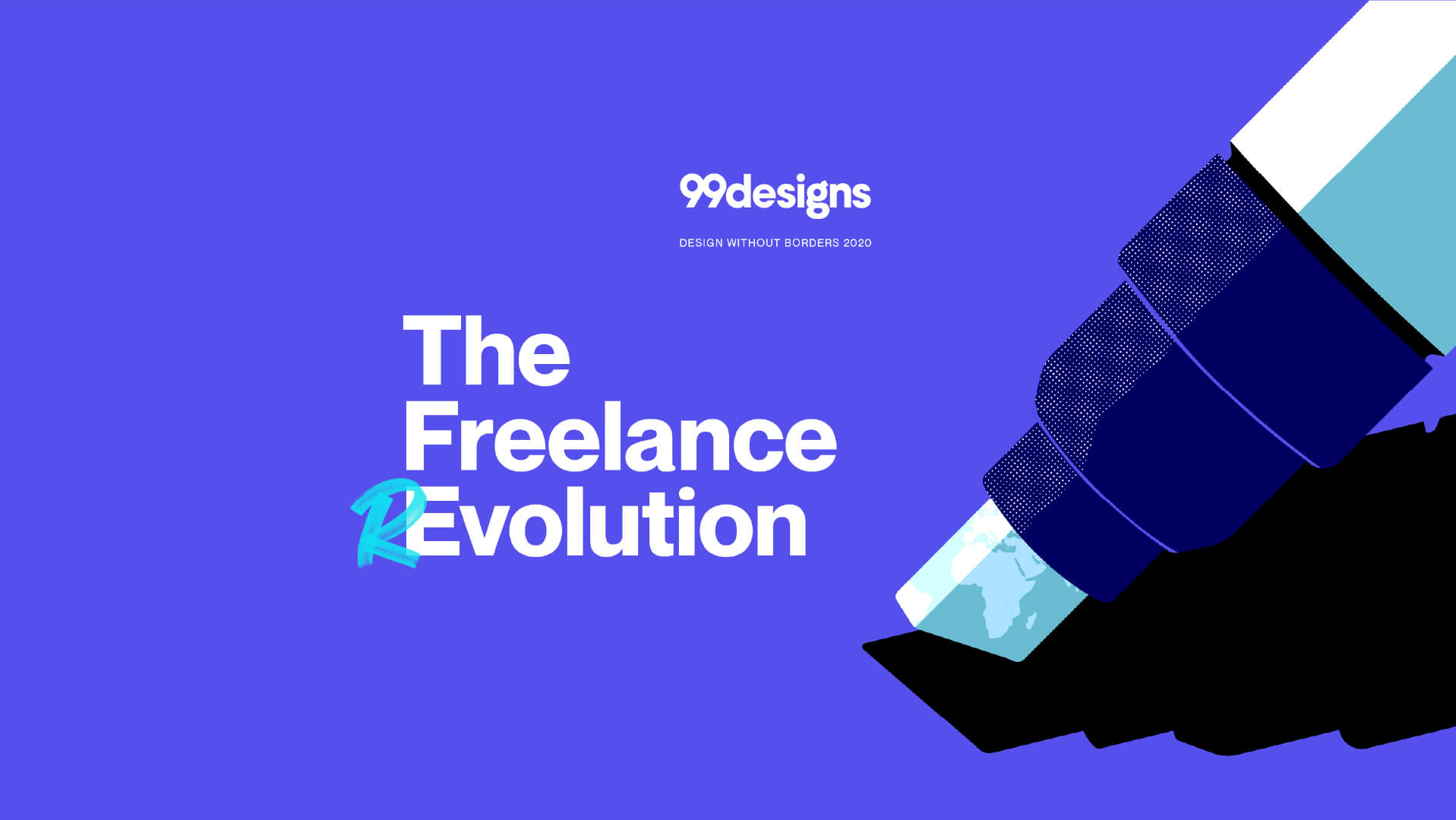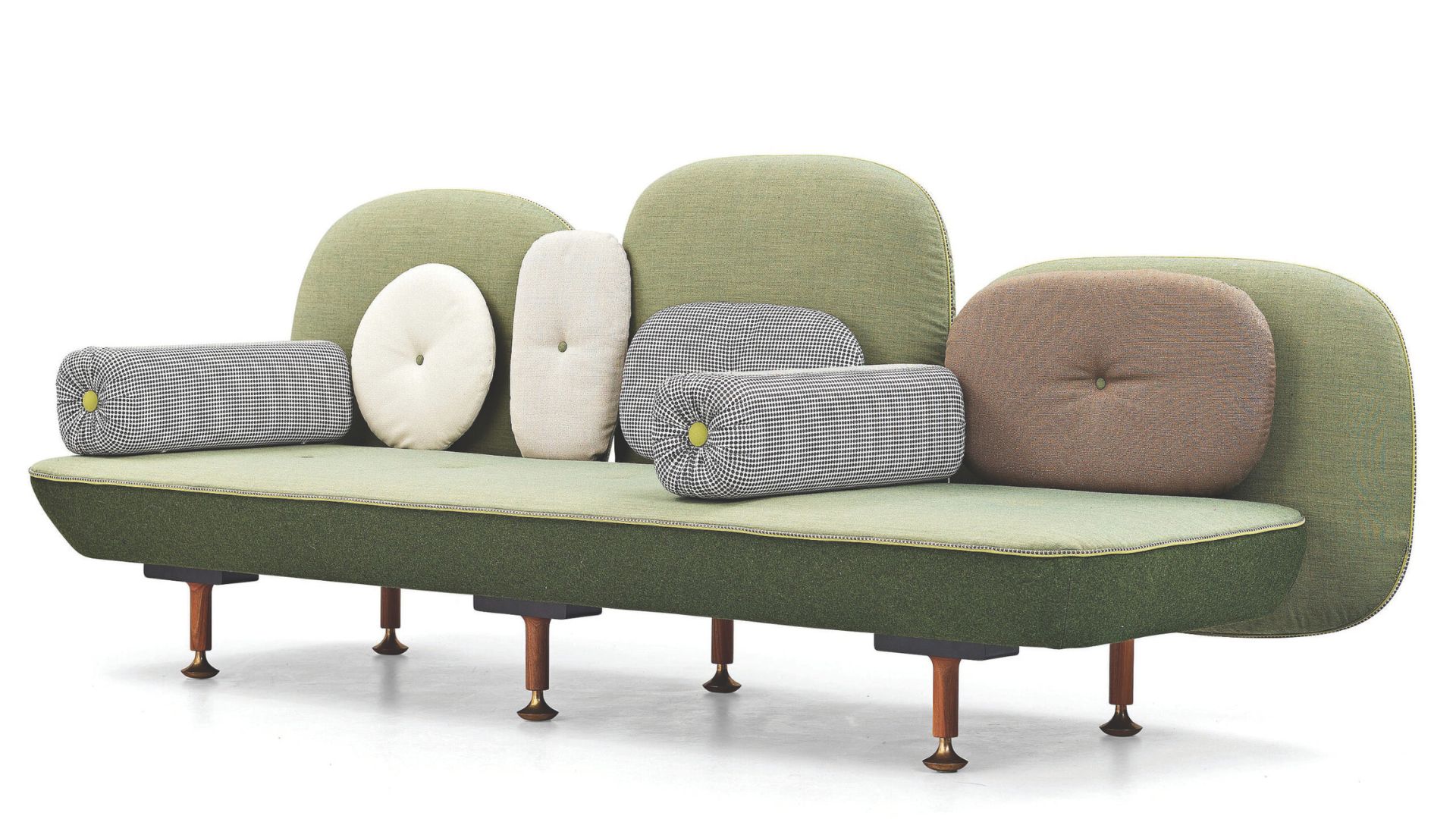Blond designs wireless charging concept for repair, upgrade, and reuse
London-based creative design studio Blond has unveiled Fold, a folding wireless charging concept that can charge up to three devices at once.
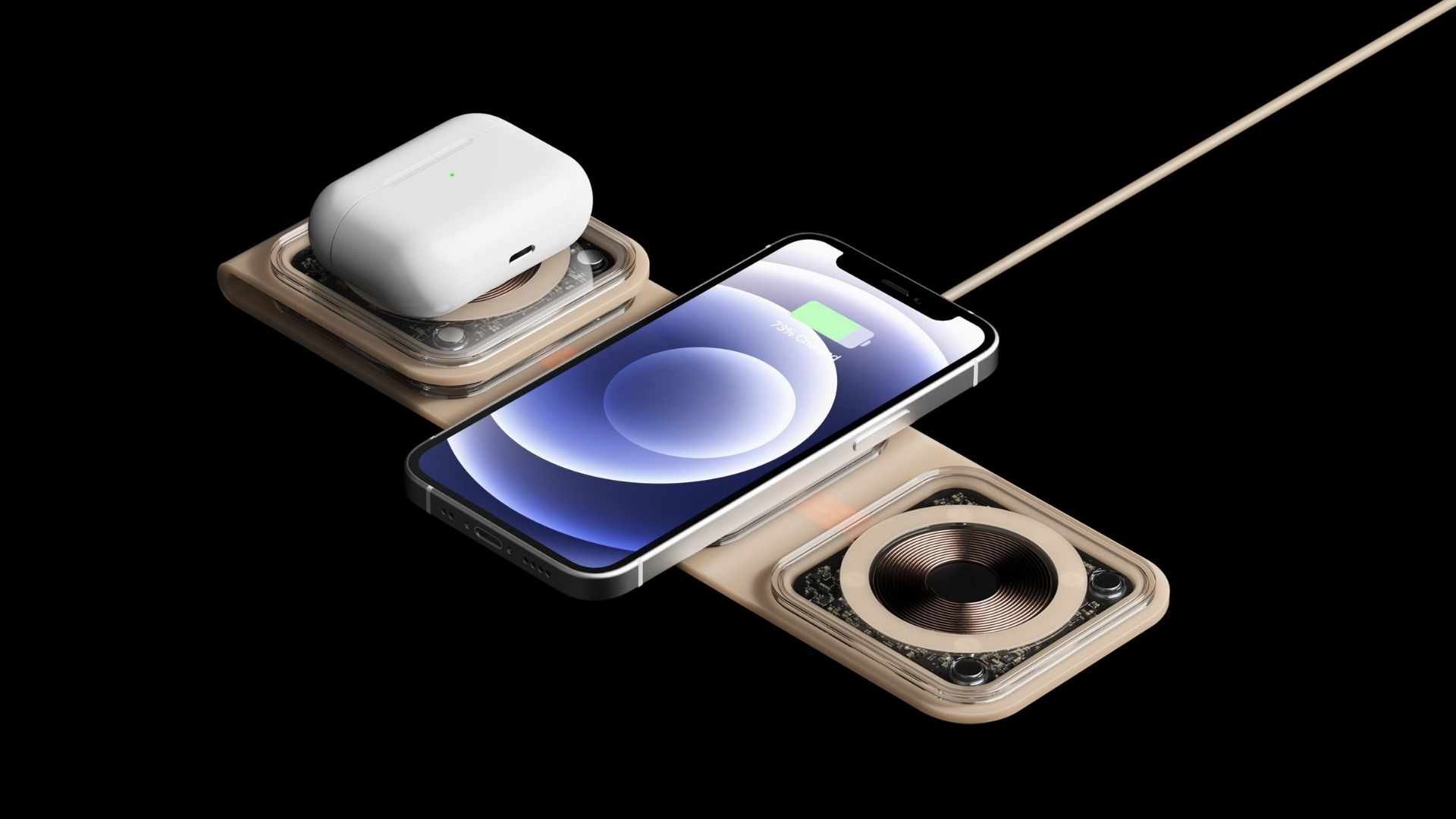
The concept aims to offer a more adaptable and durable alternative to traditional charging devices by enabling consumers to charge up to three products simultaneously in a range of configurations, including a phone stand.
With product longevity in mind, Fold has been stripped back to its most fundamental necessities, creating an almost skeletal aesthetic – unlike the majority of chargers which are typically constructed from many different materials that are sandwiched between layers of glue – making them virtually impossible to repair, reuse or recycle.

Fold’s skeletal form would allow consumers access to the fastening methods so the product can be taken apart to be upgraded or maintained, especially as charging technology relentlessly moves on.
The elements of the charger, specifically the mat and plastic casings are kept with simple forms and are either transparent or translucent so they almost fade into the background, allowing the electronics to become the focus.
As a result, consumers are more aware of their environmental impact, and would potentially be more inclined to explore upgrading options rather than throwing out the whole mat.

No more unnecessary waste
As well as the device itself featuring a modular design, Fold‘s recycled and recyclable primary packaging has been designed for shipping, eliminating one level of unnecessary packaging.
Moreover, the interior of the packaging has also been designed to accommodate broken or superseded components, allowing them to be sent back to the manufacturer and facilitating a potential closed-loop product system.
“The inspiration behind designing Fold came in response to seeing a lack of genuinely portable multi-chargers on the market that are not environmentally conscious,” says James Melia, Founder and Director of Blond.
“We wanted to explore how the consumer technology world could approach creating more sustainable products – while also raising awareness of the environmental impact of electronics.”
The importance of moving to more sustainable chargers follows research by the European Commission last year in 2021, which found that 11,000 tonnes of electronic waste is caused by disposed and unused chargers.
It remains high on the European Union’s agenda this year with lawmakers considering mandating manufacturers to introduce a common charger port for electronic devices by the end of 2022.










